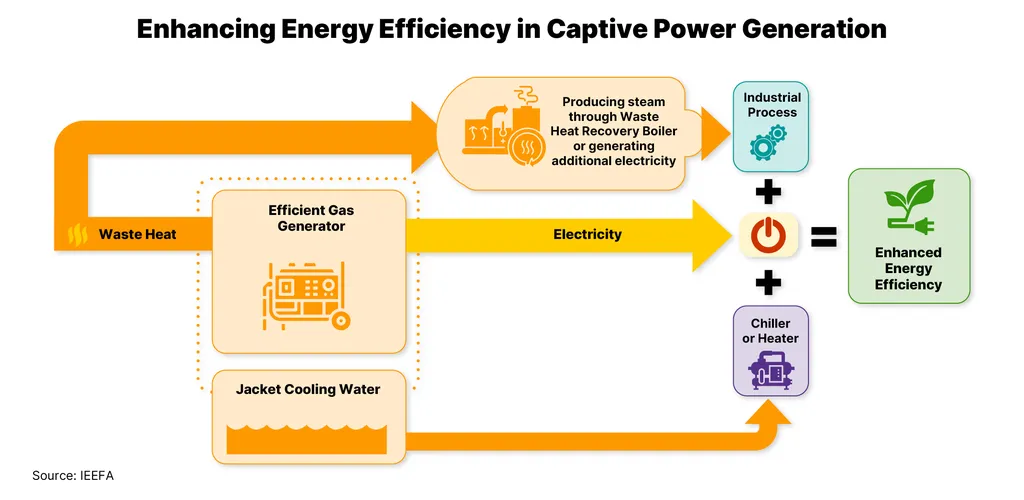In the heart of Bangladesh, at Mawlana Bhashani Science and Technology University, a groundbreaking review led by Asif Hasan is reshaping our understanding of natural convection and its engineering applications. Published in the *South African Journal of Chemical Engineering* (which translates to *Suid-Afrikaanse Tydskrif vir Chemiese Ingenieurswese*), this research delves into the intricate world of heat and mass transfer within enclosed cavities, a phenomenon that underpins numerous industrial processes and energy-efficient technologies.
Natural convection, driven by buoyancy forces, is a fundamental aspect of many optimized systems, from passive cooling of electronic devices to thermoregulation of solar collectors and building insulation. Hasan’s review explores how recent advancements in nanofluids, magnetohydrodynamics (MHD), and smart materials have expanded the functional applicability of natural-convection-based systems. “The integration of these technologies is not just an academic exercise,” Hasan explains. “It’s about enhancing the efficiency and sustainability of real-world systems.”
One of the most compelling aspects of this research is its focus on the Finite Element Method (FEM), a powerful tool for modeling heat and fluid flow in geometrically complex enclosures. Hasan’s review highlights how FEM, when combined with artificial intelligence and entropy-based optimization, can revolutionize the design of next-generation thermal management systems. “FEM allows us to simulate and optimize systems that were previously too complex to analyze,” Hasan notes. “This is particularly relevant for South Africa’s growing demand for energy-efficient buildings and renewable energy solutions.”
The review also delves into the effects of localized heat sources, vortex formation due to embedded obstacles, and the influence of porous media and magnetic fields. These insights are crucial for industries ranging from energy to biomedical engineering. For instance, understanding vortex formation can lead to more efficient heat exchangers, while the study of porous media can improve insulation technologies.
The commercial implications of this research are vast. In the energy sector, more efficient thermal management systems can lead to significant cost savings and reduced environmental impact. In the biomedical field, improved incubators and microfluidic devices can enhance patient care and research capabilities. “The potential applications are vast,” Hasan says. “This research is not just about advancing science; it’s about creating real-world solutions that can benefit society.”
As South Africa and other nations strive for sustainable manufacturing technologies and renewable energy solutions, Hasan’s work offers a roadmap for leveraging natural convection and advanced modeling techniques to meet these goals. The review underscores the importance of interdisciplinary collaboration, combining theoretical insights with practical applications to drive innovation in the energy sector and beyond.
In the ever-evolving landscape of engineering and technology, Hasan’s research stands as a testament to the power of scientific inquiry and its potential to transform industries. As we look to the future, the insights gleaned from this review will undoubtedly shape the development of more efficient, sustainable, and innovative thermal management systems.

